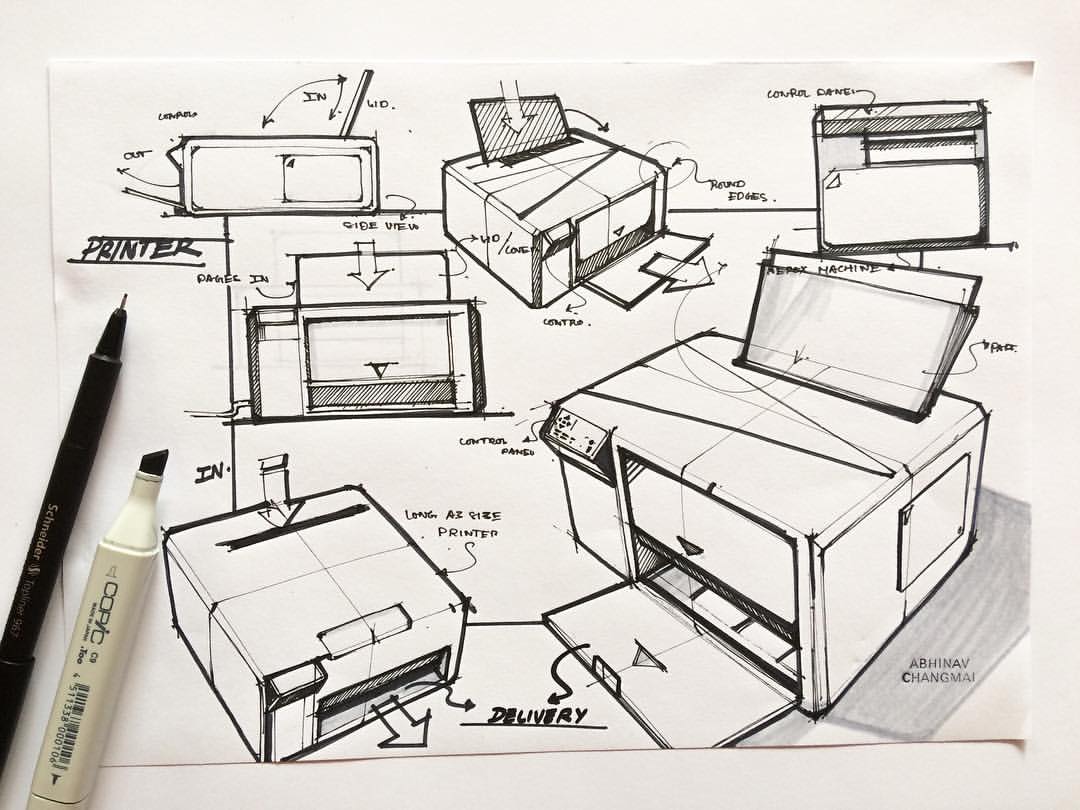■
PLA injection molding can be processed with traditional injection equipment. To avoid or minimize the degrading of PLA during the process, it's suggested to select a barrel with 3 to 5 times the weight of the shot and an GP (general general) screw that has an L/D ratio at least 20:1, and if necessary high shear hot runners within the mold.

How do you adopt the runner
Cold molds are employed to cool the material that is injected as quickly as is possible, which can produce an amorphous PLA end-products.For the end product to be more resistant to resistance to temperature the mold temperature must be set to 90-100 degrees Celsius to allow the material to crystallize material in the process of cooling. This results in semi-crystalline PLA structure. The amount of time needed to reach maximum crystallization in your mold throughout the process of crystallization is dependent depending on PLA formulation, the mold temperature and the design of the part, however generally speaking, it will take longer than the time needed to chill down the PLA material inside the mold in a cold environment. This can result in longer cycles for semi-crystalline materials. Because of the semi-crystalline PLA structure it becomes rigid enough at temperatures of 100degC to release it from the mold with no deformation. It remains elastic until it cools to below PLA glass temperature of 55degC.
Optimizing time-to-cycle
In order to get the shortest cycle time, it's crucial to select the correct mold temperature , especially for semi-crystalline materials. It is highly recommended to determine temperatures of your mold in different locations using either an external or internal thermocouple. Even if the mold's heater (return) temperature shows that it's within the correct area, it can be the case that the mold's temperature is not accurate due to the loss of heat. After forming the amorphous or semi-crystalline material and removing out of the mold it's essential to avoid deformation. Use suitable conveyer belts and collection boxes to achieve this. The crystallization process for PLA is a slow procedure than cooling down the melting point to a temperature lower than that of the temperature at which glass forms. For products with thin walls, this could cause a cycle time which is more in crystalline than anamorphous products.For the thicker walled products it is more likely that the time needed to cool the product is more than the time required to crystallize. In this scenario the time for crystallization does not determine the rate process any more.
Mold design suggestions
The injection molds used for making parts is always perfected and tuned for certain polymers. Molds that are used to produce PLA parts require attention. In the first place, a low-shear hotrunner should be employed without dead spots on the manifold or nozzles in order to stop the degrading PLA. PLA material. A nozzle that is heated externally and has an open channel must be utilized to ensure that there is no disruption of the PLA flow in the nozzle, and to prevent the flow lines from the product created by torpedos inside an internal heated Nozzle. If you are using a sprue instead of a hot runner make sure to consider that the draft angle on the sprue should be greater than 6 deg to avoid sticking of the sprue to the part of the mold that is injected as the mold is opened. This will reduce the amount of height the sprue can reach. The sprue becomes too thick otherwise and will determine the cooling/crystallization and thereby the cycle time of the process. The thickness of the wall of the sprue has to be lower than the maximum walls of the product.
For materials with high temperatures, PLA should be able to form crystals in the mold. Only polymers can be semi-crystalline and leave the remainder of the material in the Amorphous phase. This results in an extremely flexible product as it is removed off the mold. The increase in the draft angle of the product and putting in Ejector pins with a adequate ejector surface can assist in preventing the stretching of the product in the ejection process into the mould.
Venting
PLA is a viscous substance that is in the mold at extreme pressure. This can result in (minor) flashes on the product, if the venting method is not working. It is recommended to begin with a minimal amount of venting, then opening to the mold (remove steel) when it is needed. If the mold's parts aren't filled, or when burned PLA material is seen near venting points , this means that the venting isn't enough and should be increased.PLA flash is sharp due to the stiffness the material. The venting layout should be in a way that venting is taking place near to the area where it is needed but simultaneously making sure that venting inside the mold does not take place in the location that flash is not permitted.
injection molding PLA products that have greater resistance to heat than normal PLA have to crystalize inside the mold. This results in a greater shrinkage than those made of regular PLA. This must be taken into consideration when designing molds for PLA products with tight dimension specifications. Create a mold the manner that, after the first reproducible mold test, the steel will be removed from locations where it is required.